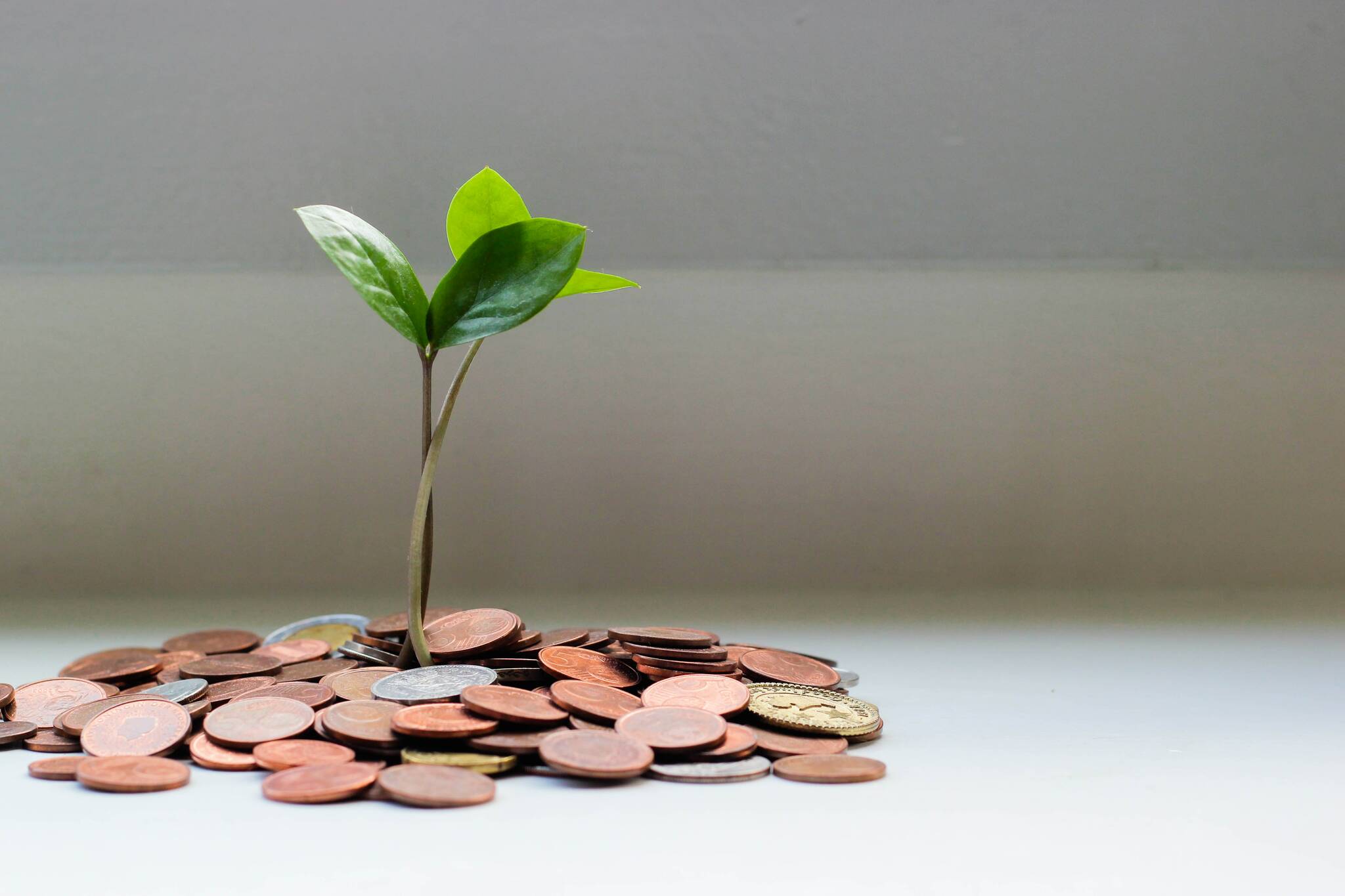“Alaska can now diversify its economy and stabilize the budget process by entering the rapidly emerging global market for carbon offsets,” Gov. Mike Dunleavy said in a press release following House passage of SB 48. He previously claimed the state could earn “as much as $30 billion or more over 20 years, just from our forest lands alone.”
The “tree” bill, as SB 48 has been branded, establishes the start-up for a program to sell carbon offsets by preserving trees on state land. But contrary to Dunleavy’s spin, it will have no immediate or short-term impact on the state’s economy or its chronic budget problem. It’s also highly unlikely that the program will ever put that kind of money into the state treasury.
Most legislators seem to recognize that this isn’t the commencement of a visionary plan. Otherwise, they would have agreed to tap into the constitutional budget reserve to give Alaskans a bigger PFD and pass a permanent increase to the basic student allocation for Alaska’s schools.
All SB 48 does is appropriate $140,000 through FY 2029 for one new state employee to “implement the bill and support a contracted project developer.” The “earliest credit sales may occur” is five years out.
To judge the potential beyond that horizon, consider Sealaska’s carbon offset venture. In 2018, they received $100 million for agreeing not to log 165,000 acres of forested land in Southeast Alaska for the next hundred years. Before that, they’d been harvesting about 60 million board feet (MMBF) of timber annually.
In comparison, the combined annual allowable harvest from the Haines State Forest and state-owned forested lands in southern Southeast is only 16 MMBF. And a study commissioned by the state estimates a pilot project in those two areas would only generate $33 million in revenue over ten years.
State-owned forests in northern Alaska are larger, but the carbon offset value per acre is estimated to be a third or more less than in Southeast. Projects up there could earn $50 million over 10 years.
Compared to the budget deficits of the past eight years, revenue gains of $8.3 million a year is chump change.
But like Dunleavy, Rep. Kevin McCabe, R-Big Lake, still imagines SB 48 producing paybacks of “billions of dollars in the next two or three decades.” And although he recognizes it’s just “a framework to allow us to get started investigating the possibilities,” he’s excited about one of those. The bill will “require that we manage our forests, which is good for fire prevention as well as wood growth – and we would get paid for doing so.”
Improving fire prevention in Alaska’s boreal forests makes sense considering the massive amounts of carbon released by the trees and organic soils during wildfires. And since those soils insulate permafrost, even more is released if any of it thaws.
According to a study published in the research journal Science Advances, the frequency, intensity, and acreage of boreal forest fires are much greater now than historical records indicate. But while better fire prevention practices and more effective fire suppression could keep much of that carbon from escaping into the atmosphere, don’t count on that being monetized any time soon. If at all.
Unlike the decision not to cut trees down, reducing the size and intensity of wildfires requires substantial investments of time and money. Removing dead trees and completing non-commercial thinning of some 200,000 square miles of boreal forests, very little of which is accessible by road, will be labor intensive and involve a lot of air support. It’ll take years if not decades to complete.
In the meantime, the only way to address the current problem is with a dramatic increase in firefighting efforts. According to the research referenced above, the estimated annual cost for limiting wildfires to historical levels is almost $700 million. That’s a fivefold increase on what the federal and state governments combined are currently spending each year.
That kind of money doesn’t grow on trees. Which means it’s likely the carbon offset potential of Alaska’s boreal forests will go up in smoke—a lot of it literally.
The bottoms line is the state isn’t ready to participate in the carbon offset market. And even if it was, the money it’ll earn won’t contribute much to stabilizing the budget.
• Rich Moniak is a Juneau resident and retired civil engineer with more than 25 years of experience working in the public sector. Columns, My Turns and Letters to the Editor represent the view of the author, not the view of the Juneau Empire. Have something to say? Here’s how to submit a My Turn or letter.

